Top 5 endangered fishes that you should know
Nowadays there are several species of animlas that have experienced a significant decline in their number of living specimens.
This is true for many species of animals, and in the world of fishes it happen the same.
Many are even already in the group called endangered especies or endengered fishes.
In this article we want to talk to you about 5 species of fish that are in danger of extinction.
According to the International Union for Conservation of Nature (IUCN), there are currently twenty-eight thousand species of animals in danger of extinction.
The main reasons why fishes are in danger of extinction are the indiscriminate exploitation of their habitats, climate change and pollution.
Let’s take a look at some of these endangered fish species below.

Marlin fish
The marlin is an iconic ocean fish, famous for its speed and impressive size. There are several species, but the blue marlin (Makaira nigricans) and the striped marlin (Kajikia audax) are among the most well-known.
These fish can reach speeds of over 80 km/h (50 mph), making them some of the fastest swimmers in the ocean.
Their situation is concerning due to sport and commercial fishing, particularly longline fishing, a technique that indiscriminately captures large numbers of these fish.
Overfishing has significantly reduced their populations, and many species are classified as vulnerable or endangered.
A study published in Science warns that the decline of large marine predators, such as the marlin, can cause imbalances in the food chain, affecting everything from smaller species to entire ecosystems.
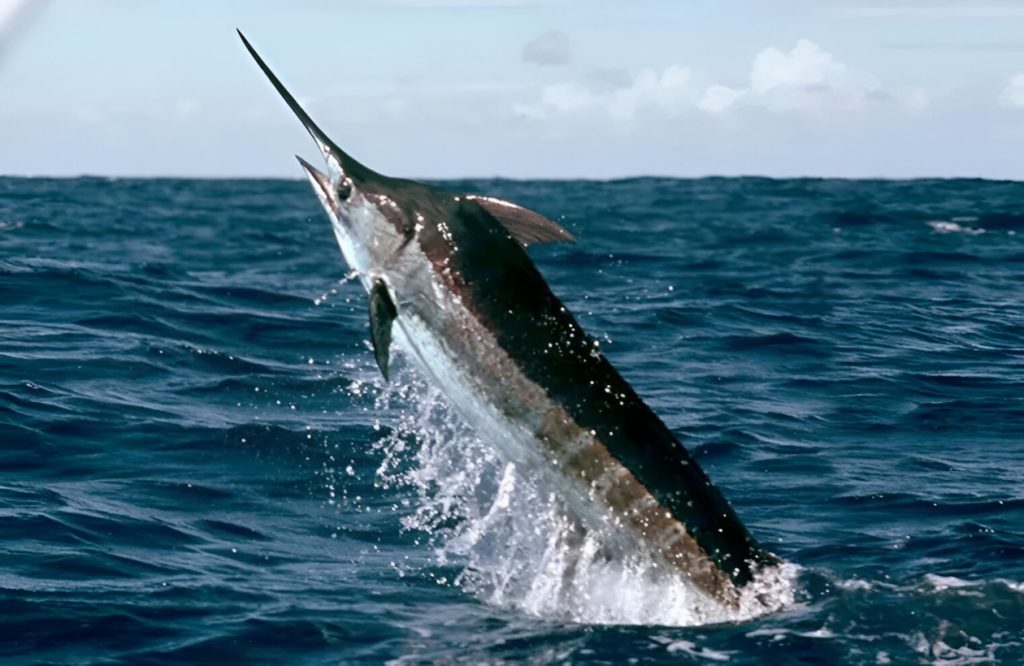
See also Istiophoridae
Coral frogfish
This unique fish is endemic to Cozumel Island, Mexico, meaning it is found nowhere else in the world. It has a distinctive appearance: a robust body with a dark coloration and bright yellow fins.
Although it is not a target of commercial fishing, its small and fragmented population makes it particularly vulnerable.
Its greatest threat is habitat loss due to coastal urbanization and uncontrolled tourism.
Water pollution and the deterioration of coral reefs have further reduced its habitat.
According to the IUCN Red List, the splendid toadfish is classified as endangered, and its resilience is low since its population takes years to recover
Here is the more detailed study
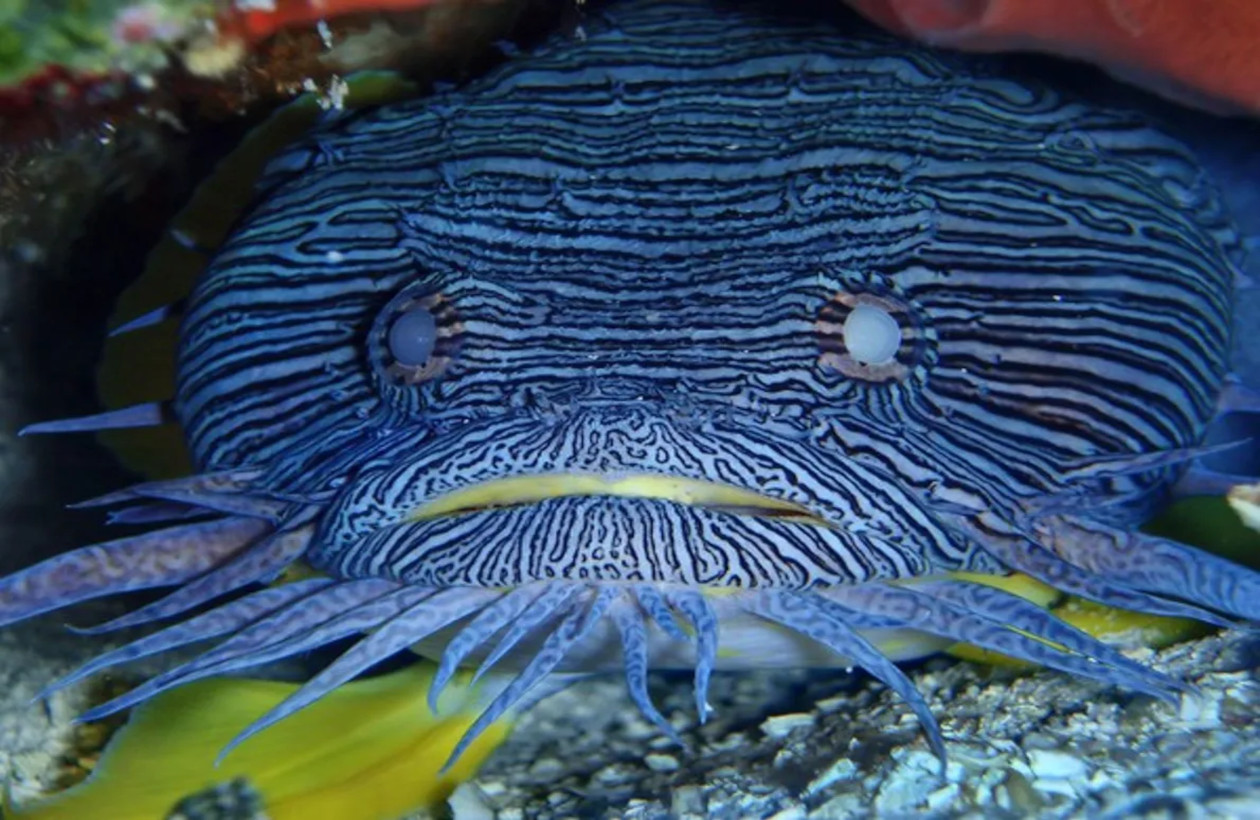
Napoleon fish
Known as the “king of the reefs,” this fish can grow up to two meters (6.5 feet) long and weigh over 180 kg (400 lbs). Its body is a mix of green and deep blue, with irregular patterns.
This species plays a crucial role in reef ecosystems by controlling the population of invasive species, such as the crown-of-thorns starfish, which can devastate coral reefs.
Unfortunately, its large size and slow growth make it highly vulnerable to overfishing. In Asia, it is a highly prized delicacy, leading to a dramatic decline in its populations.
An article by National Geographic highlights the urgent need for stricter protection measures, as this fish is classified as endangered due to illegal and unregulated fishing.
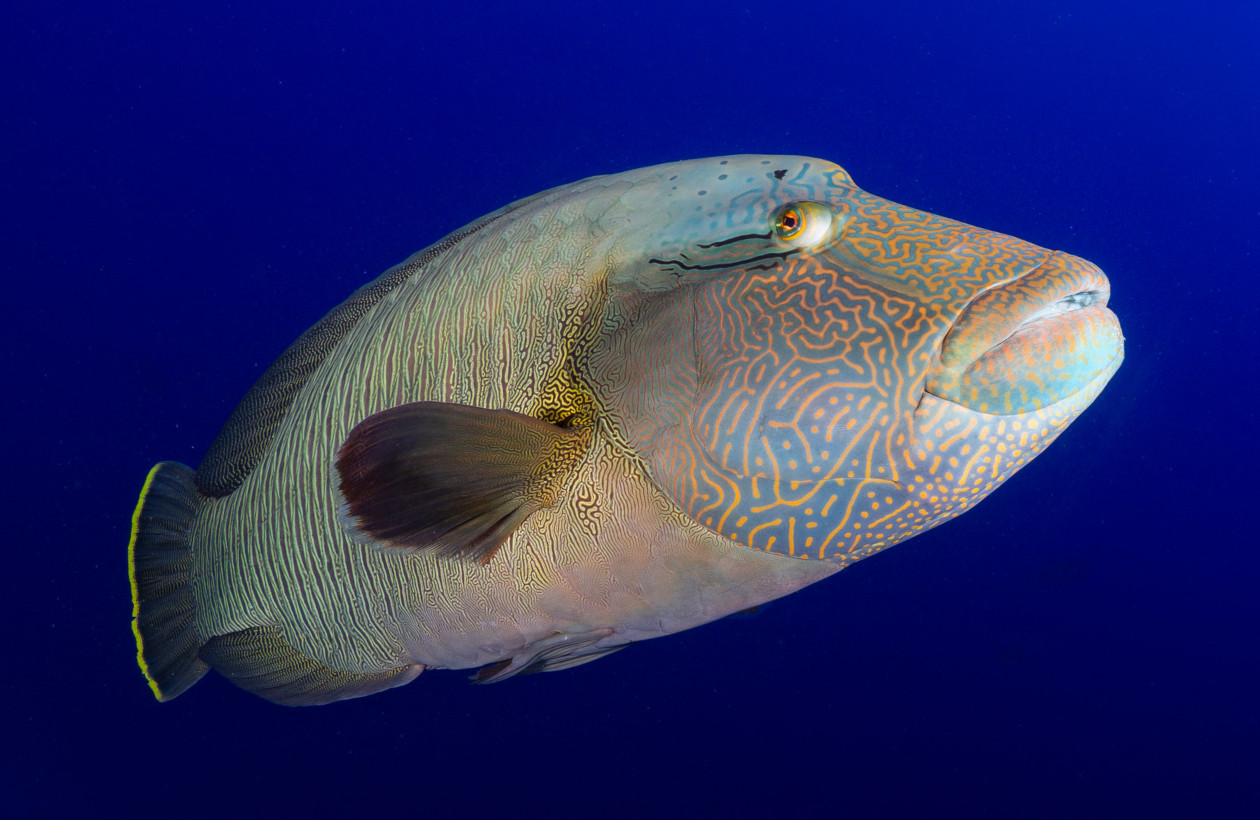
Sawfish comb
The smalltooth sawfish is an unusual fish that resembles a shark with a long, saw-like snout, which it uses to catch fish and dig into the sand.
This species has been heavily impacted by overfishing and habitat destruction. Between 2000 and 2010, its population declined by more than 60%, and in some regions, it has almost disappeared.
In addition to being caught as bycatch, it is frequently entangled in fishing nets, leading to a severe population decline. Some countries have implemented programs to protect and monitor the remaining populations, but recovery remains a challenge.
A National Geographic article emphasizes that Aboriginal communities in Australia have been actively working on sawfish conservation, promoting sustainable practices and habitat restoration.
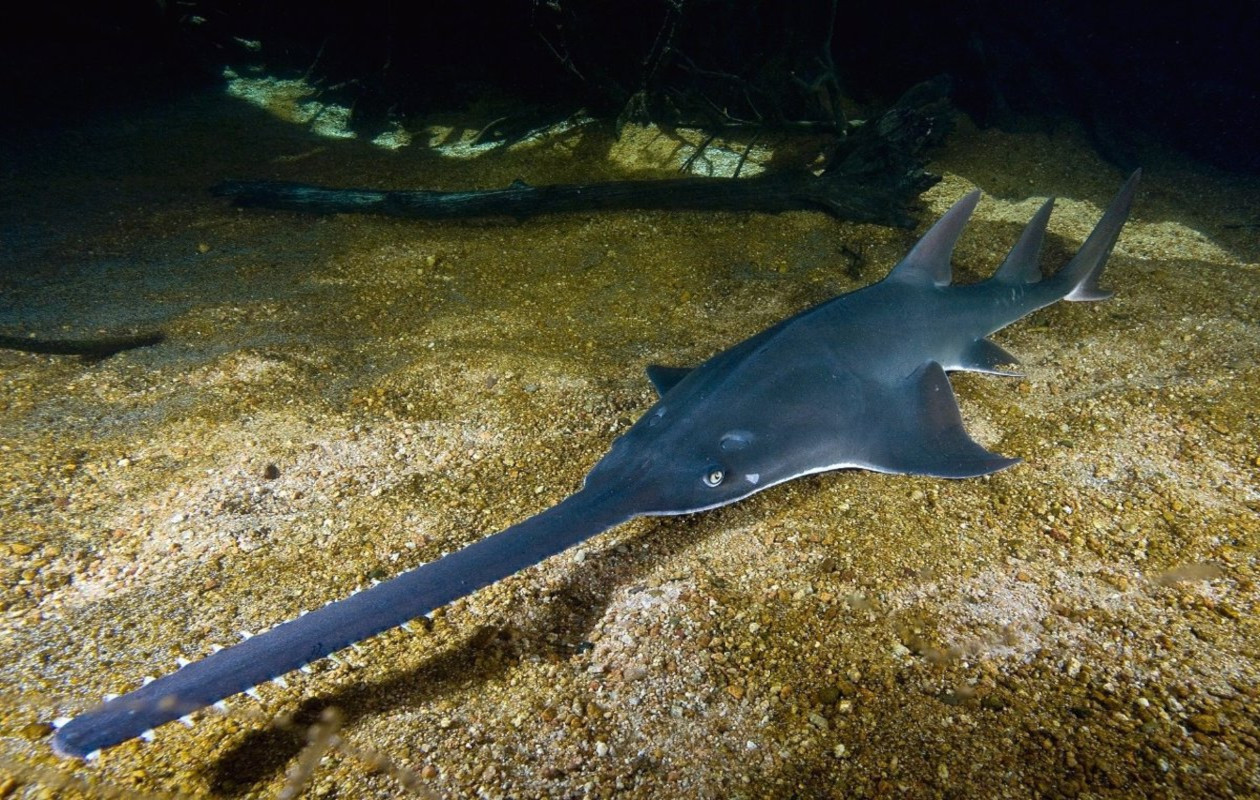
Nassau Grouper
This large reef fish is key to the health of Caribbean coral ecosystems. It is an important predator that helps regulate populations of smaller fish.
However, the Nassau grouper is highly vulnerable to overfishing, especially because it forms large spawning aggregations, making it easy to catch in massive numbers.
Despite its drastic population decline in recent decades, conservation efforts have shown positive results. In Little Cayman, for example, the establishment of no-fishing zones has helped Nassau grouper populations triple in less than 15 years.
However, climate change poses a new threat. A study predicts that if ocean temperatures continue to rise, Nassau grouper spawning habitats could decline by up to 82% by the year 2100.
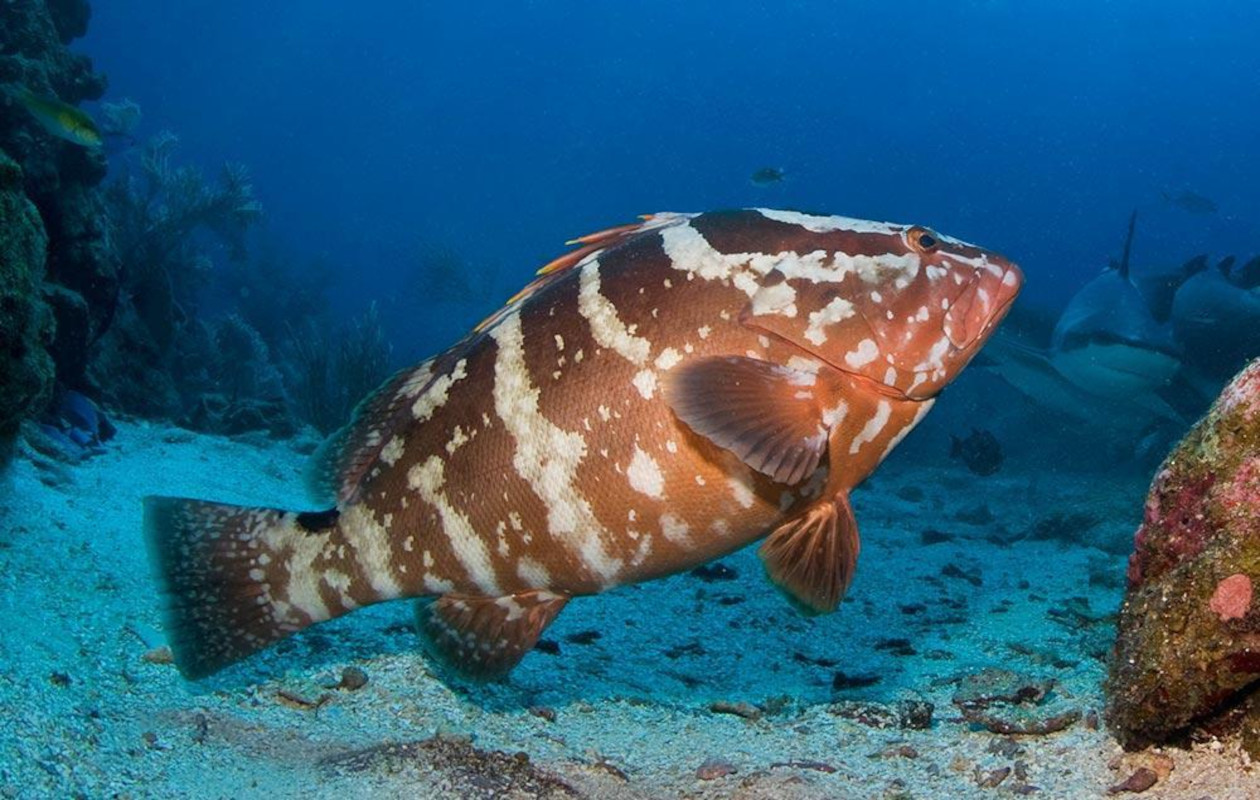
Heroes of the Sea: Brice and Christy Semmens and the Nassau Grouper
For more than 10 years, these two marine biologists have dedicated their lives to saving one of the most iconic fish in the Caribbean, the Nassau Grouper.
Through the project “La luna de Mero” developed by REEF (Reef Environmental Education Foundation), they attempt to protect and rescue the populations of this marine species in the Caribbean.
The Nassau grouper is a critical species for the ecological and social balance of the Caribbean. As the main reef predator, the species plays a very important role in the ecosystem.
The Nassau grouper was long a part of traditional sustainable fisheries, which pointed to the predictable spawning concentrations of these animals.
However, the new technologies used and unbridled fishing are causing a serious crisis for the species.
Currently, spawning concentrations of the Nassau Grouper are minimal.
An opportunity for the Nassau Grouper
For the last 15 years, Brice and Christy have developed the recovery project in the Cayman Islands, where the species was almost extinct.
However, progressive management of the species during this time, a partnership of research and education supported by foundations, academic institutions and the government, have resulted in the Cayman Islands today having the largest population of Nassau Groupers in the world.
Through their work, Brice and Christy have shown that progressive management, action-oriented research, and community education can foster rapid species recovery.
The challenge now is to replicate the success achieved in the Cayman Islands throughout the Caribbean.
Ensure that other countries can adopt measures in order to protect and regenerate the Nassau Grouper.
AWARE Project: What was the global AWARE week about?
Global AWARE Week was an initiative of Project AWARE. The event was a collaboration between two organizations that have many things in common: PADI® – Professional Association of Diving Instructors and Project AWARE®.
Project AWARE is a non-profit organization that has existed since 1992. It was first established as a way to draw attention to the problem of pollution in the world’s oceans. PADI® is a well-known organization that trains and certifies divers to ensure good diving practices and provide improved standards and safety.
To see lots of species of fishes take a tour to Isla del Caño in Costa Rica
